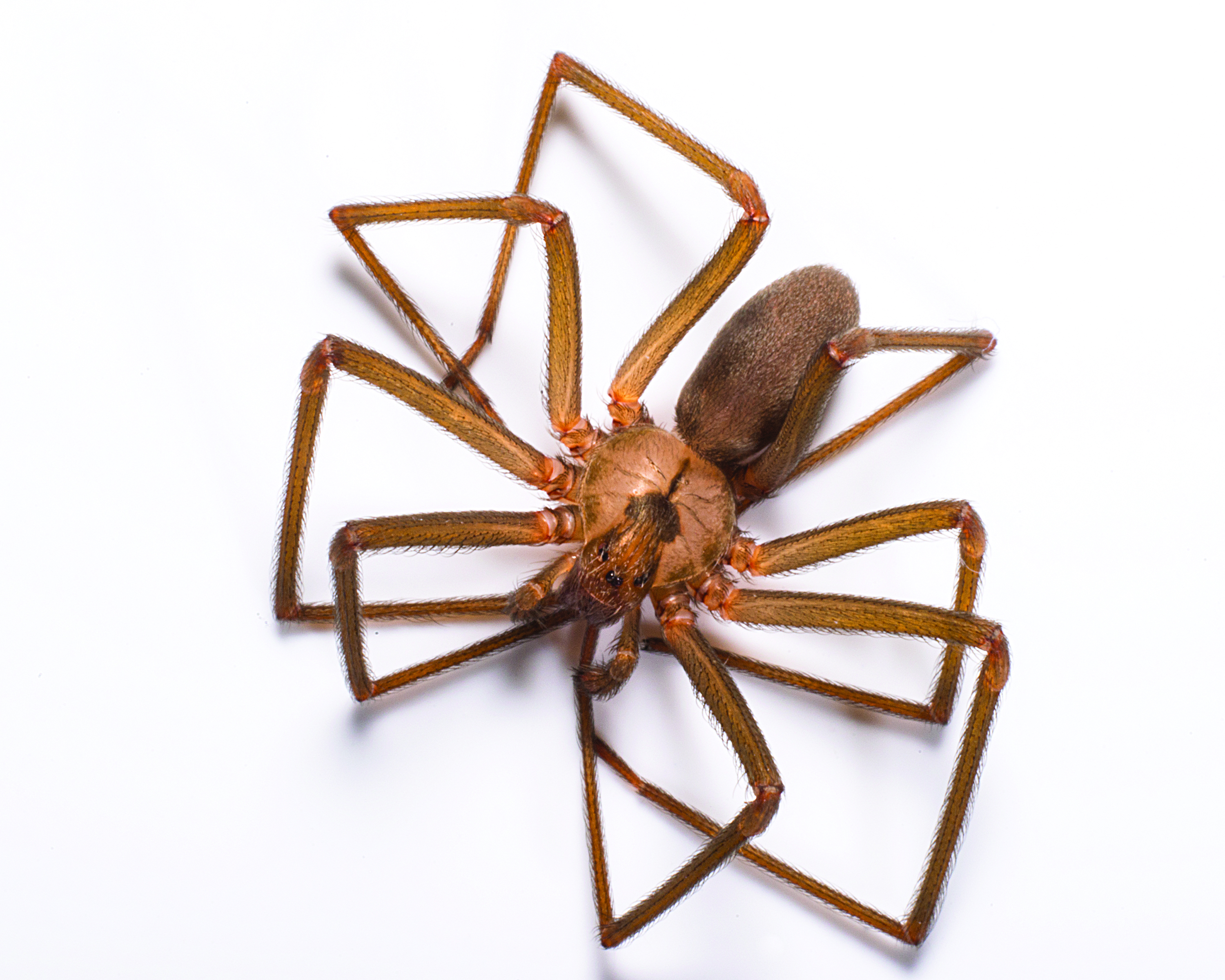Get a free estimate
If you have questions about our services, plans, or pricing we are here for you. Fill out the form below and we will communicate with you by email (and of course provide you with a free estimate).
FEBRUARY 15 2022 /
In our Maryland service area, we have many species of spiders that can get into our homes. Some don't bite and don't present any threat to us at all, aside from being creepy.
Others are able to bite and cause a wound that is considered medically important. And, of course, there are all the spiders in between. Today, we're going to focus on those spiders that can present a danger when they get in.
Most of us can put up with a small, itchy, red welt. That is the type of wound most spiders create. In Maryland, there are two spiders that create a far worse bite than this.
They are the black widow spider and the brown recluse spider. But the venoms from these two spiders are quite different.
The venom of a black widow spider can cause quite a bit of localized pain. This initial pain can be followed by a wide range of symptoms.
Symptoms range from no symptoms at all to a drop in blood pressure, which can be lethal. Fortunately, with the robust medical infrastructure in the United States, black widow spider bites rarely lead to death.

They can, however, make you wish you were dead. Nausea and severe abdominal pain associated with a black widow spider bite are very unpleasant. But, ultimately, how unpleasant a bite from one of these spiders will depend on how much venom the spider chooses to inject into the wound.
The venom of a brown recluse spider can cause localized pain but it isn't quite as severe as that of a black widow.
In the center of the bite, the wound will be an ulcer that can, in some cases, be deep into the flesh. Around this ulcer, the flesh will begin to turn a purple color. This may be as bad as the bite gets.

But there is a potential for serious necrosis and this is where there is cause for concern. Necrosis is the death of the flesh around the bite.
Often, this necrosis happens under the skin, masking the danger.
This is how some people get horrible, disfiguring wounds. With medical attention, the impact of this necrosis can be significantly limited. Bites from brown recluse spiders can also produce uncomfortable symptoms such as fever, chills, weakness, joint pain, and, in rare cases, seizures or a coma.
Black widows and brown recluses don't subsist on tiny insects. They take down big bugs. To do this, they need venoms that are strong enough to take down this larger prey.
Black widows are even known to feed on rodents, lizards, and snakes. Fortunately for humans, we aren't on the menu for these spiders. A black widow or brown recluse will not seek you out to bite you. Bites usually happen by accident.
With the word "recluse" in its name, it is easy to conclude that brown recluses don't like being around people. But the black widow spider isn't exactly a social butterfly, either.
Both of these spiders prefer to be where humans aren't. If you're looking to avoid a bite from a dangerous spider, it is a good idea to know the habitat preferences of these two spiders.
⭐ Brush piles.
If you have a pile of sticks in your yard, be sure to wear gloves when moving those sticks around. This is the perfect environment for a dangerous spider. Brush piles are a haven for many bugs. And, since venomous spiders eat bugs, it is the best place for them to be.
⭐ Stack woods.
This is another high-traffic area for many bugs. Brown recluses are particularly fond of wood stacks and will create tangled webs in recesses near the bottom of these stacks.
⭐ Under external structures.
Do you have a deck, patio, porch, stairwell or some other external structure that has a shaded void underneath? If so, be sure to use a flashlight to check these places before sliding under.
⭐ Sheds.
It is usually easier for bugs to get into a shed than it is for them to get into your home.
Be cautious when going out into your shed and especially cautious if you'll be bringing stored boxes inside. These spiders can establish webs between boxes and they are known to get inside boxes.
⭐ Basements.
Since these spiders typically feed on bugs that are near the ground, your basement is likely to be the first place these spiders will establish themselves.
But, a brown recluse will go from this location to wall voids and spread to other areas of your home faster than a black widow spider.
⭐Holes.
Inside or outside of your home, a hole is a likely place to find a dangerous spider.
If you see black widow spiders or brown recluse spiders on your property or inside your Maryland home, reach out to American Pest. Our team uses comprehensive strategies to detect, monitor and eliminate spider threats.
We can also help you reduce the bugs these spiders come into your yard to eat. And, as you're probably aware, spiders aren't the only bugs that can make you sick.
Critters like the blacklegged tick are able to spread human pathogens that can lead to lifelong illness and medical complications.
Get your comprehensive pest control in place today with a little help from your neighborhood pest control experts at American Pest.